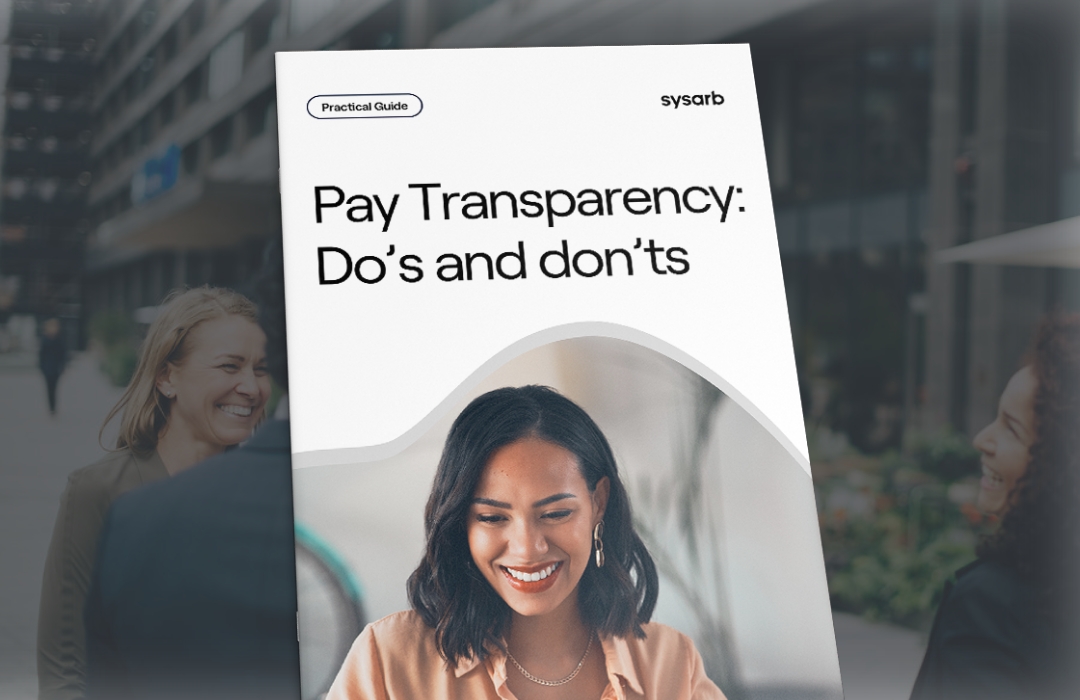
Women health and care workers earn almost a quarter less on average than their male colleagues, according to a new global gender pay gap analysis from the International Labour Organization and the World Health Organization. The analysis concludes that the world is still 132 years from closing the gender pay gap.
This report co-developed by International Labour Organization (ILO) and the World Health Organization (WHO), is the first ever global sectoral gender pay gap report that comes in a time of covid-19. The analysis is based on data from 54 countries. “Analyzing the gender pay gaps in the health and care sector and using this evidence to achieve equal pay for equal work across the sector is a critical step to attracting and retaining all workers in health and care”, says WHO.
Research shows that women account for 67% of health and care workers globally but earn almost a quarter less than men in the same positions. The results of this groundbreaking report suggest that once age, education, occupational category, and other such factors are considered, globally women face a 24% pay gap compared to men across the health and care sector. The study assumes that the reason for this is nothing else than a factor of discrimination against women, as the labour market data does not explain any valid reason for the large pay difference for men and women. Statistics also shows that mothers who go on maternity leave in the health and care sector get lifelong consequences as the pay gap that arises cannot be recovered.
The evidence in the report also shows significant variation in gender pay gaps in health and care sector across countries. Therefore, WHO suggests that targeted action to close gender pay gaps is both possible and effective. Some of the action points are:
Source: WHO

